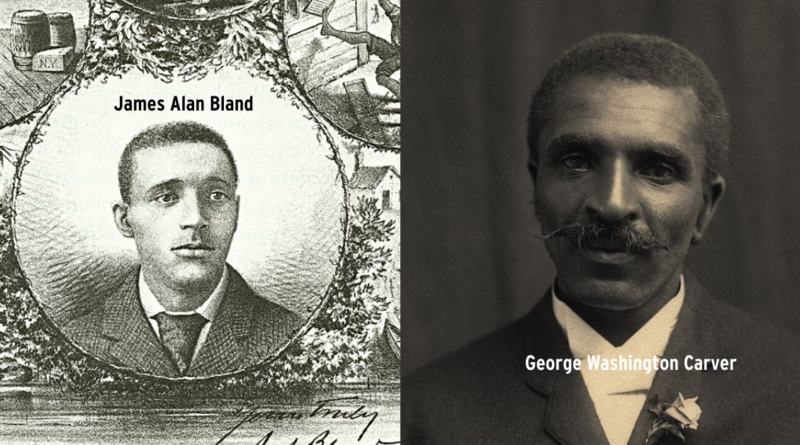NYCHA Developments Named after Black Americans
To commemorate Black History Month, The NYCHA Journal is highlighting the Authority’s developments named after prominent Black Americans. Residents of these developments have permanent reminders of these trailblazers who made considerable contributions to American life throughout our nation’s history.
“Those who have no record of what their forebears have accomplished lose the inspiration which comes from the teaching of biography and history.” – Dr. Carter G. Woodson
JAMES ALAN BLAND (1854 -1911) – American composer of popular songs, including “Carry Me Back to Old Virginny,” who was born in 1854 in Flushing, New York, the son of free Americans. After graduating from Howard University’s School of Law, he was the first Black man appointed examiner in the United States Patent Office. Later he worked in minstrel shows throughout Europe and the United States. He was often called “the World’s Greatest Minstrel Man.” Bland Houses is in Flushing, Queens.
REV. RANDOLPH BROWN (1906 – 1985) – Raised and educated mostly in Michigan, Rev. Brown came to the Brownsville area of Brooklyn in 1938, where Mt. Ollie Baptist Church on St. Marks Avenue was looking for a new pastor. He officially became the pastor in 1939 and remained for 46 years. Under his leadership, a new church was erected in only six years. He was a devoted community worker known in Brownsville for his “smooth but persuasive voice” of, and for, his people. Less than a year after the development was completed in 1985, the residents voted to name it after him. Rev. Brown Houses, a development for seniors, is in Brownsville, Brooklyn. (Not pictured.)
GEORGE WASHINGTON CARVER (1864-1943) – He was a botanist, agricultural chemist, and educator who was born enslaved. Carver developed hundreds of uses for the peanut, soybean, and sweet potato, prompting Southern farmers to produce these soil-enriching cash crops. He was director of agricultural research at Tuskegee Institute. He developed the crop rotation method of preventing soil nutrient depletion. He developed 325 different uses for peanuts, ranging from cooking oil to printer’s ink. He devoted much of his life to improving the lives of Black Americans. Carver Houses is in the Carnegie Hill neighborhood of Manhattan.

